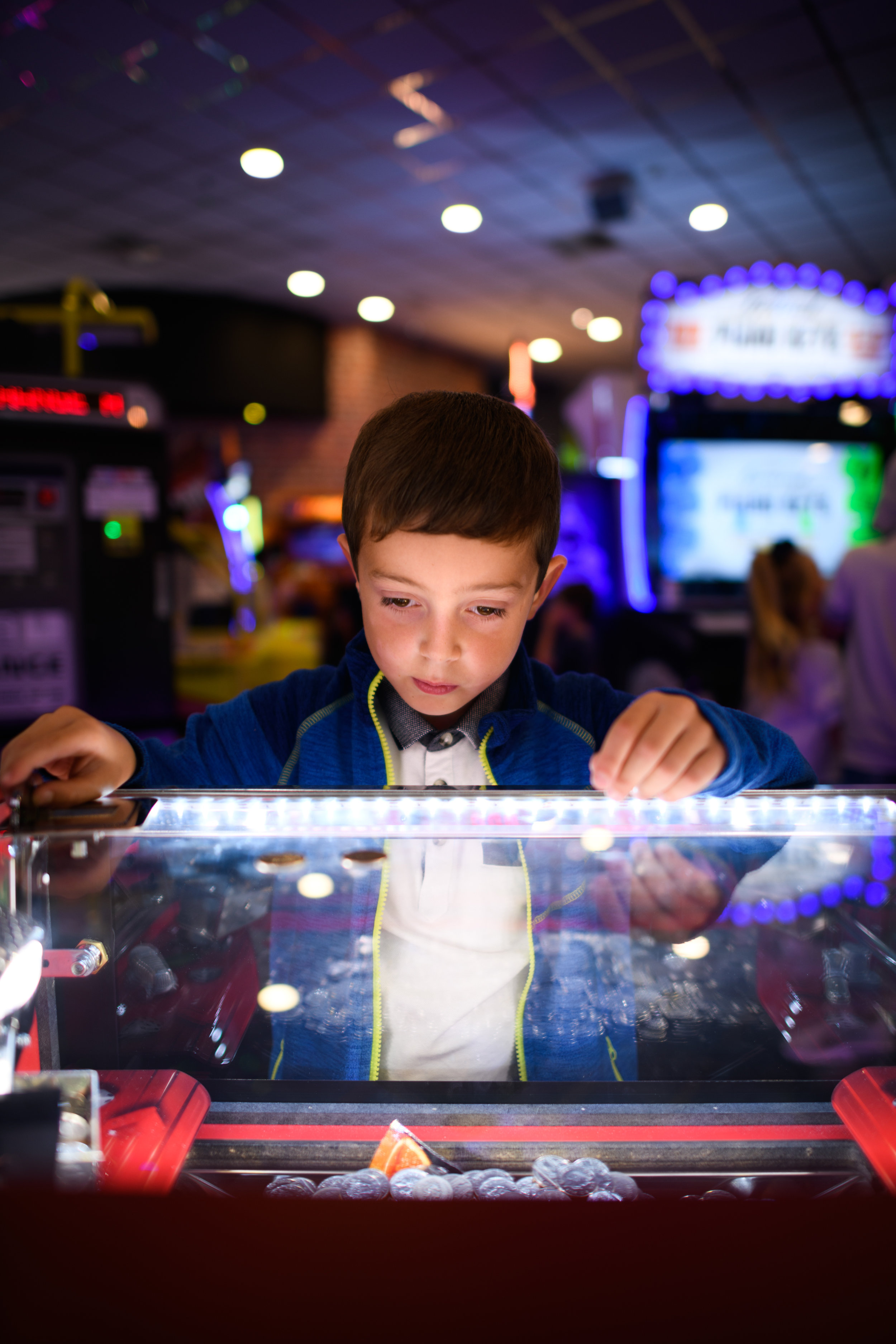Approaching the Balvaird Castle Light Show - Nikon Z 8 with 14-24/2.8S @ f/2.8, 20s, ISO 800
A Geomagnetic Storm
Intense aurora displays are generated following massive explosions originating from the sun known as 'coronal mass ejections'. These explosions release clouds of hot plasma containing billions of tons of material travelling at around two million miles per hour. When this material reaches Earth, it interact with Earth's magnetic field to cause events called geomagnetic storms.
The strongest geomagnetic storm in over two decades dazzled photographers and astronomers in May 2024. This G5 storm culminated in a remarkable display of the aurora borealis overnight on May 10th–11th, and was visible from many areas worldwide, including extremely low lying latitudes that have simply never seen the likes of this type or power of aurora, or in fact any aurora at all.
This picture above shows the true nature of the colour present in the night sky during such aurora storms. Shot with a white balance of 5500K, if our eyes were as sensitive as a camera, this is what we would see, a warmer colour than human eyes can see due to the purkinje effect. The purkinje effect describes the situation in human vision: as light levels decrease, the perception of warm colours drops, especially the red end of the spectrum. It is very important to observe the night sky with dark adapted eyes. To properly have your eyes adjusted for light levels this low, one must observe for at least 30 minutes and avoid all forms of artificial light during that time. People that say that the aurora is only good / visible on camera, are often observing the night sky with un-adapted vision, though it must be said that weak aurora will not register with most regular eyes. In the northern hemisphere, we would normally be searching the northern horizon for Aurora however….
Facing South-East - Corona
With powerful storms, aurora becomes a huge event around the world, and increasingly powerful storms allow it to be seen in all directions, varying throughout the night.
Aurora Colours
A basic knowledge of chemistry dictates that gases produce differing colours when they are heated. On Earth, the most abundant elements in our atmosphere are Nitrogen and Oxygen. Nitrogen tends to produce the pinks and blues if they occur, and the greens tend to come come from oxygen.
This picture above shows the aurora borealis corona facing south-east. (Corona, being like the origin point). Unheard of, and occurring in only the most powerful of displays, it seemed like there was Aurora across the whole sky, even at zenith. (Think of zenith as the sky directly overhead when standing at a location).
Pink Aurora Pillar
I spent some time focusing on compositions that avoid severe key stoning to the castle. Key stoning occurs when we use wide angle lenses close to subjects and tilt the camera and lens combination up or down. This causes large objects with straight edges, such as this castle to lean back or towards the camera. Our brains naturally correct this effect that our eyes will be “seeing” also. This caveat drove the use of some central based compositions, along with where the northern lights actually featured in the sky.
The Aurora Arc
This was an initial picture I made throughout the ever changing Aurora that night. This is facing North where we could see the vast green aurora arc with pink pillars above it. The castle seemed to be perfectly aligned with the base of this arc.
Looking north, we can see how powerful the display was. Here we can see the constellation of Corona Borealis (top right), quite fitting on this night. The rays reached zenith during the night.
Green Aurora Tracks
Although key stoning is generally ugly, I had to show these bright aurora tracks looking up a the castle here. Despite obtaining these images, I still wish I stayed out all night. I called it a day at about 2:30pm as I had a long journey to make the next day.






